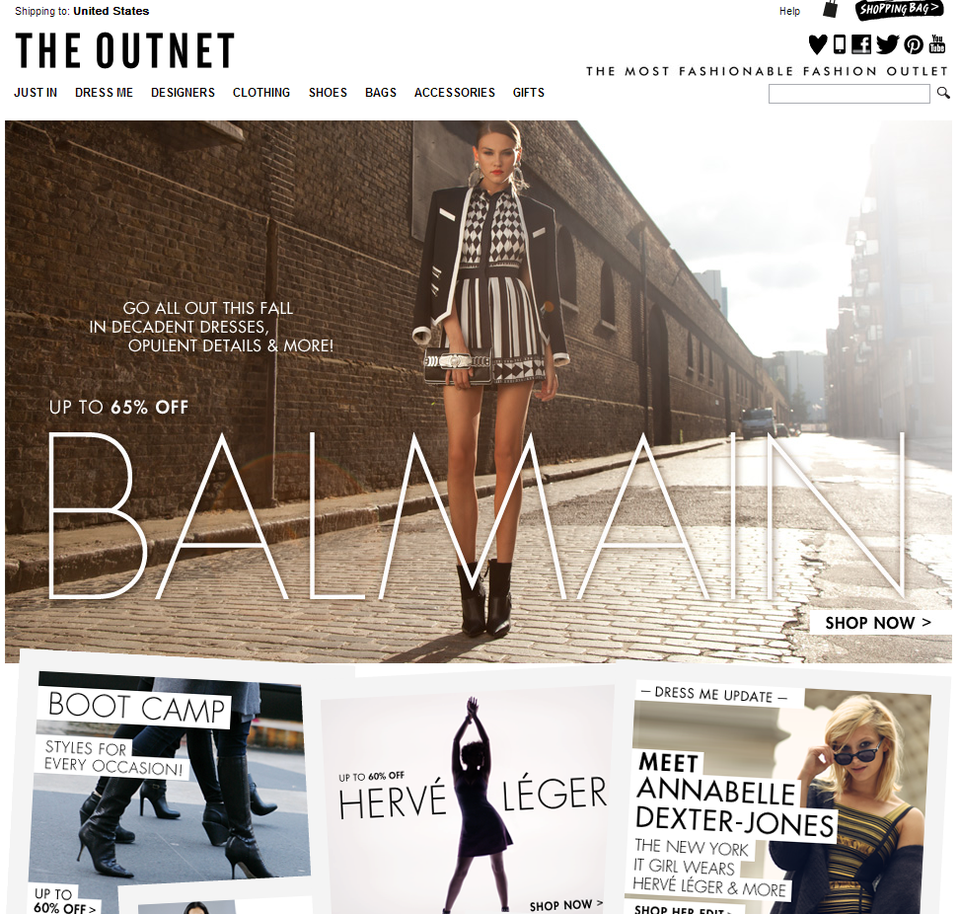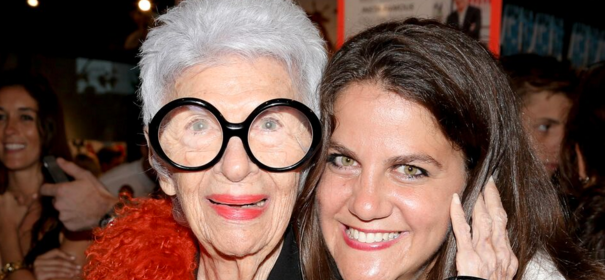
“Yes, You Can Make It In Fashion” is a HuffPost Style series that profiles men and women across every area of the fashion industry and explores how they rose to the top, how they thrive and their practical advice for young people trying to break into their world.
"Enough of this 'someday' shit."
That's the line that prompted Rachel Shechtman to finally launch her own business back in 2011. Now, Shechtman is the proud CEO of Story, a 2,000 square-foot retail space in Manhattan that has the point of view of a magazine, changes inventory and themes like a gallery, and sells product like a store.
Every four to eight weeks, Story partners with a brand to launch a new "story," focused on different themes. Companies and brands pay upwards of $400,000 to work with Shechtman and re-create her Chelsea retail space, depending on their end goal. Whether they want to increase influencer engagement or PR or use the space for research and development, Story acts as an incubator to test and play with different tactics before companies potentially roll them out to scale.
In April they launched a "Have Fun" story with Pepsi, which features everything from an in-store temporary tattoo parlor to a photo booth to a T-shirt customization station. However, at the end of May, the store will close for a few days and Shechtman will completely overhaul all the merchandise and displays to make way for the next "story."
The concept is revolutionary -- Story is at once a retail store and a media channel. So how did one woman launch a wildly successful brick and mortar store in a time when digital is king? Well, you could say that Shechtman has retail running through her veins (she comes from four generations of retailers), but the more succinct answer would be that she has spent her life trying to understand the customer. She worked on the sales floor at Abercrombie & Fitch, attended every kind of trade show imaginable when she worked for a startup, and she spent 10 years consulting for companies like Gap, Toms and Kraft.
We were fortunate enough to chat with the woman who may be single-handedly changing brick and mortar retail to better understand why she went left when everyone else was going right.
Here's what we learned:
On the few retailers who are getting it right:
I just went to Nordstrom in Vancouver. They have a new department store and it's a new format concept, and it's the best department store I've seen on this continent. I say this continent because I was in London and I'm sorry but Selfridges ... part of me is like, have we been asleep for 100 years? I could literally spend an entire day in Selfridges and not get bored. But what I like about what Nordstrom is doing in Vancouver is, there's a restaurant and you can go to Drybar and there's Sugarfina candy and the restaurant is not off in a corner, it's in the middle of the floor near contemporary denim in women's designer. And it was packed and it was interesting. I'm impressed with what they are doing. There are a lot of small retailers who are one-off speciality retail concepts that are impressive. There's a store in Minneapolis called Askov Finlayson -- it's a regional, one-store retailer, I think they were GQ's top one or two men's store across the country. They came up with this idea, there's East Coast and there's West Coast, but why is nobody talking about the North? And then they created a brand all around the North. I think there are some really interesting speciality companies that are launching. But I think for big stores, Nordstrom is probably the one that comes to mind. Retail is hurting in this country and it needs something.
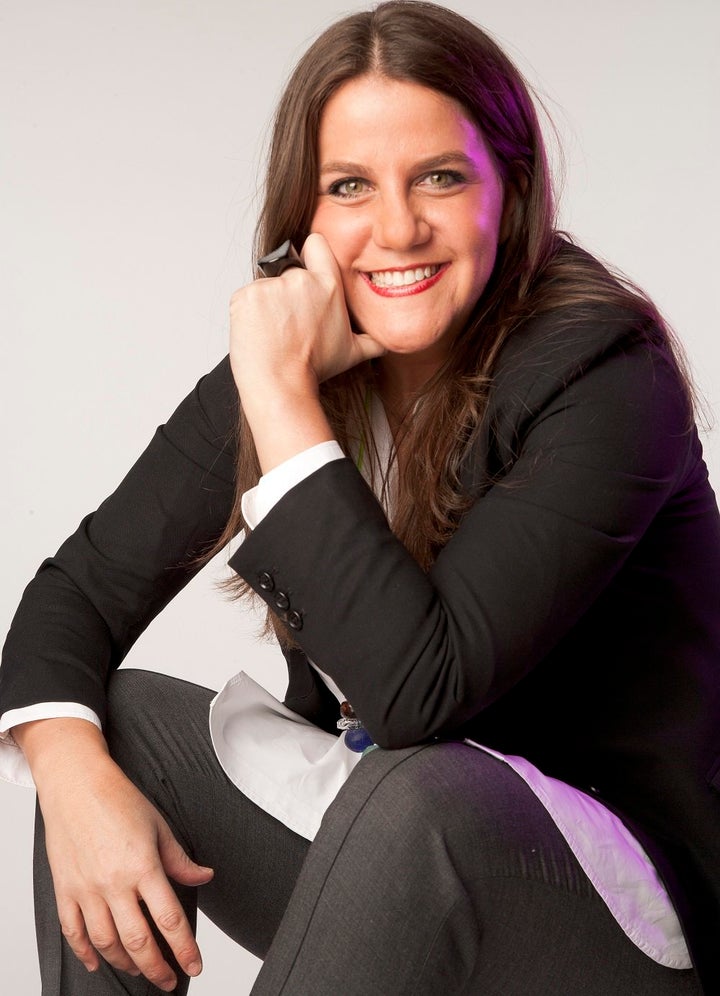
On how she created her own DIY business school:
I was [working on] a startup that I was going to launch that I never launched. It was part incubator, part co-op for emerging brands and designers, and I didn't know anything about it. This was in 1999 and 2000 and I went to all these trade shows -- it was food and home and men's and women's, and if I was at a buying program at a department store, I'd be the men's necktie buyer or the women's soft goods buyer. So when I say DIY business, by going to all those trade shows in all those categories in all those price points, I got to learn about merchandise and a market in that way. And I loved to cold call -- I would cold call people to get meetings, because I wanted them to be a part of my platform and this new idea, and I wanted to test the business model out. I spent a little less than a year working on it, and then it was time to raise money and the market crashed. It was April 2000 and it ended up being the single biggest blessing because otherwise I would have raised money and then it would have failed because it was just too soon.
On the fundamental problem in retail that needs to be addressed:
When I consulted for 10 years, I worked for small businesses that were growing fast, like the CFDA, Toms, Gilt -- but then I worked with Kraft and Gap and JCPenney. [You realize that visiting these] companies is like going to the United Nations without a translator. Marketing speaks Japanese and finance speaks Swahili and merchandising speaks Taiwanese, and the biggest lesson I learned during that chapter of my career is, if a company is doing really well, there is so much that is left on the table by lack of translation and integration. It's interesting because Story, in its form, the business model and how it's done, is new and has never been done before. But if you peel back the layers of the business model, of the how and the why, they're all existing functions in other industries, they are just put together in a way that is not typically seen together. Language is being translated.
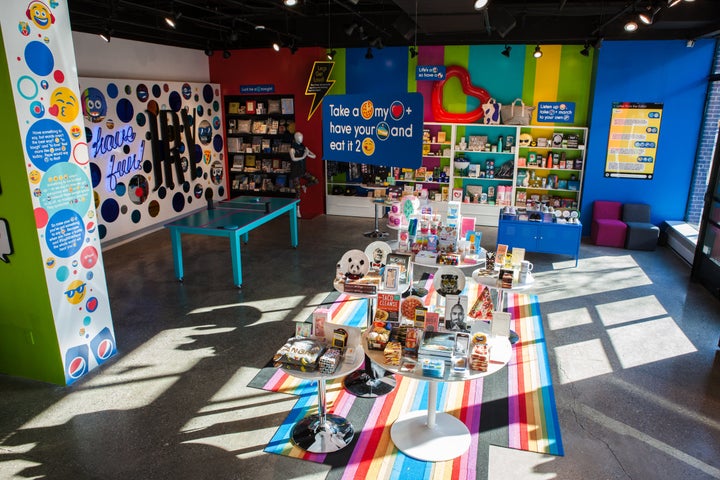
On why she opened a brick and mortar store in the digital age:
I always knew, at some point, I would do a store to get it out of my system. I borrowed money from a couple friends, but I didn't raise money, I didn't have investors. I've always been one to trust my gut. Business-wise I'll ask questions to friends and advisors on a specific industry or about a contract, but when it comes to an idea or vision I have for something, I'm pretty good at trusting my gut. My father always says, 'Think of the worst thing that could happen.' It doesn't work, so I lose the lease. I'm not saying that it's nothing, it would have been something -- when I was consulting and even before, people would tell me, you should get into trend forecasting and I never wanted to, probably because I like doing and participating rather than observing, but to some degree, what Story is both on the outside and on the inside, is exactly that. In my gut, I saw, retail is going to be sexy again. I don't need to be on-trend. If there is no precedent, it's fun. There are higher stakes, for sure, there is higher risk, there is a higher chance to fail, but for me it's fun because there is no precedent.
On why retail needs a new metric for success:
You look at retail, brick and mortar success, based on sales per square foot. [But] there are certain times of year where people don't want to spend money as much, or weather impacts things. There are less people spending money in January than December, that is fundamental fact, so why would you use your space in the same way if you have less people wanting to spend money? Why sell them as much product? And yes, someone sitting across the table from me would say, we're on markdowns in January, but the broader point is, if you look at consumer behavior -- it General Electric, for example, is sponsoring a "Making Things" story and we're telling a story about making things, it makes sense to enable people to make things. And so we had MakerBot 3-D printers, injection molding machines -- 75 percent of our square footage was pure experience, you couldn't buy anything. But they're paying me, sponsorship is $400,000, so there is a solid chance, if I play my cards the right way, I could make more money off of charging for experience to a brand partner, than trying to sell product. So whatever that means for a retailer, whether that is a manicure station or an exercise class or food and beverage, there is a solid chance that you can be using square footage more productively. And that doesn't mean that this black pant is under performing, it means you don't need another black pant. Overall, when you look at the younger generation and stuff, less is more. It's like paradox of choice. We don't need another retailer selling jeans and black pants, unless they bring a point of view and an experience that no one else has.
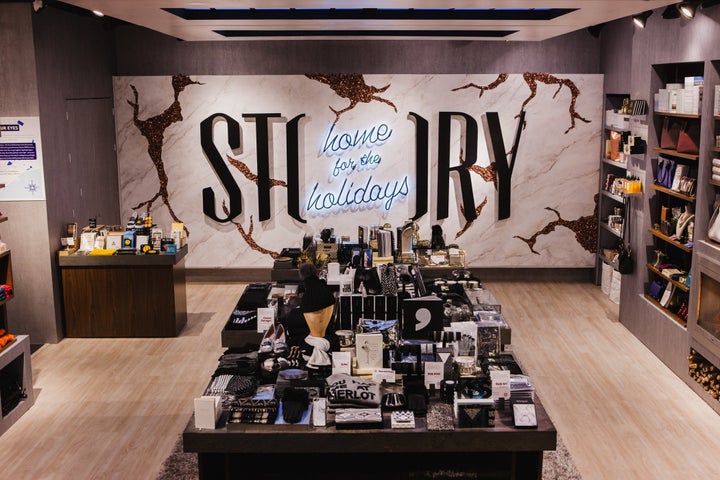
On the cardinal mistake aspiring entrepreneurs make:
I don't think everyone is meant to be an entrepreneur. Someone I know [said] they're an entrepreneur in search of an idea. It didn't feel organic. They want to be an entrepreneur so they needed to find something to do. And I don't think it's something that can be forced. I think you can accidentally fall into it, you can fall into an idea, but it has to start with something you're passionate about. David [Gilboa] and Neil [Blumenthal, founders of Warby Parker] are passionate about eyewear, about disrupting the consumer experience and the business model and the social impact. They eat, drink, sleep that world -- it oozes from them. And I think it has to start with something that you're passionate about and something that you're good at. I don't think it can be, oh I want to start a company and I need an idea.
On the one thing everyone going into retail should do at least once in their life:
I don't care if they went to Harvard Business School, they should go get a job and work in a store -- not forever -- but for six months, four months. At the end of the day, you don't have retail without a customer. There's no store, there's no site, there's no press, there's no income without someone spending money. And that starts with the customer. And I don't care how many case studies you read, or what you observe over a day or two. I had a woman who used to work for me and now she is at Google. When she left, she went to work at the Apple store for four months. She has an insanely impressive career and resume and was probably overqualified for the job that she had, but what she learned from that experience in terms of what questions do customers have, how do they behave in a physical space, how are employees interacting, how employee engagement impacts customers. It's almost like -- if you think about it, with agencies like WME [William Morris Endeavor], you start in the mailroom. Even now, if you want to be an agent, you start in the mailroom. I think it's time to go back to basics. We've over complicated things, but now it's time to go back to basics. It starts with the customer. So get your butt in the store and get on the sales floor and observe. And then you go into marketing or PR or operations or merchandising, you're not guessing or pontificating about how a customer might respond to something or behave, you're starting with an understanding of who your audience is.
On why you should get comfortable with the cold call:
There have been instances in my career where I've wanted to meet someone and I love a good cold call. So there have been times where I'm like I'm just going to randomly e-mail Terry Lundgren and see if he e-mails me back. I've had a lot of success with it, but I'm also an off-the-charts extrovert.
On advice she has for her younger self:
Ask for more help.
This interview has been edited and condensed for clarity.
